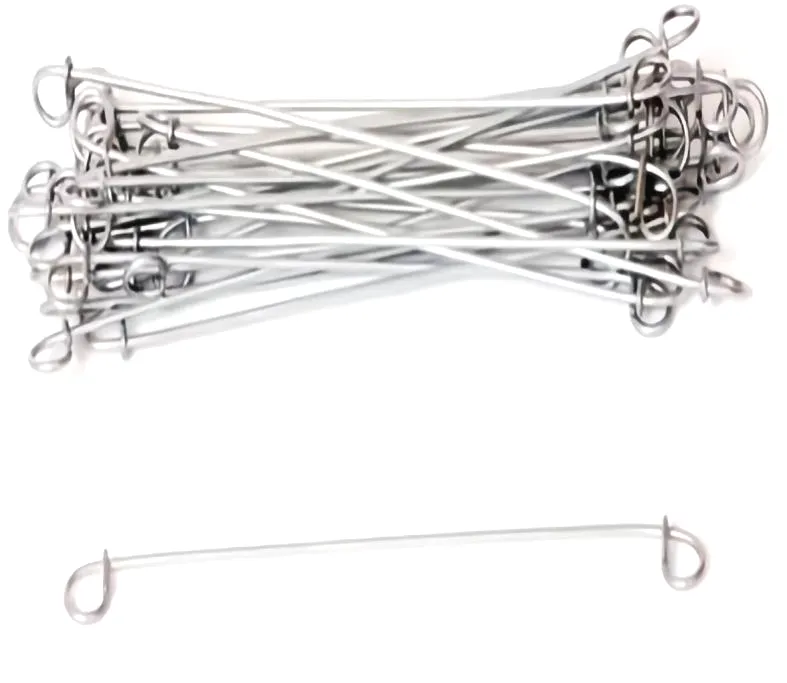-
 Phone:
Phone: -
 Email:
Email:

Rockfall Prevention Netting Solutions for Enhanced Safety in Mountain Regions
Rock Fall Netting A Vital Solution for Landslide Prevention
In recent years, natural disasters caused by landslides and rockfalls have posed significant threats to both human life and infrastructure worldwide. Among the various methods employed to mitigate these hazards, rock fall netting has emerged as a vital solution, providing a proactive approach to managing slope stability and enhancing safety in vulnerable areas.
Rock fall netting refers to a protective system designed to intercept falling rocks and debris from steep slopes or cliffs. This technology has gained popularity due to its effectiveness and relatively low cost compared to other stabilization methods. The netting is typically made from high-strength materials such as steel wire or synthetic fibers that can withstand considerable impact forces. By placing these nets strategically on slopes, engineers can create a barrier that prevents loose rocks from tumbling down into populated areas, roadways, and other critical infrastructure.
One of the primary advantages of rock fall netting is its versatility
. It can be deployed in a variety of environments, from mountainous terrains to man-made structures. In urban areas, for instance, rock fall netting can be installed on hillside properties to protect homes and businesses from potential rock falls. Additionally, highway departments often utilize netting along roadways that run adjacent to steep slopes, thereby safeguarding drivers and pedestrians from falling debris.rock fall netting

The installation process of rock fall netting involves several crucial steps. First, a comprehensive assessment of the slope is conducted, which includes evaluating geological conditions, analyzing rock stability, and identifying potential hazards. Once the assessment is complete, engineers determine the appropriate type and design of the netting system based on the specific conditions of the slope. Factors such as the size of the rocks, the slope gradient, and the potential impact energy are taken into account to ensure optimal performance.
After installation, regular maintenance and inspections are essential to ensure the netting remains effective over time. This includes routine checks for wear and tear, as well as monitoring for any new rockfalls that may indicate changes in the slope’s stability. In some cases, additional measures, such as the installation of embankments or drainage systems, may be implemented alongside netting to enhance the overall stability of the slope.
The environmental impact of rock fall netting is another important consideration. While the primary objective is to prevent rockfalls, it is essential to ensure that the netting system does not disrupt local ecosystems. Responsible engineering practices, such as selecting materials that blend with the natural landscape and minimizing construction footprints, are vital to mitigating any negative effects on wildlife and plant habitats.
In conclusion, rock fall netting serves as a crucial tool in the prevention of landslides and rockfalls, attributed to its efficiency, versatility, and cost-effectiveness. As climate change intensifies weather patterns and increases the likelihood of landslides in some areas, the importance of effective rock fall mitigation strategies becomes even more pronounced. By employing rock fall netting systems, communities can safeguard their infrastructure, protect lives, and promote resilience against natural hazards. As technology advances, ongoing research and innovation will continue to enhance the effectiveness of these protective measures, ensuring safer environments for future generations.
-
Wire Mesh for Every Need: A Practical SolutionNewsJul.25,2025
-
Steel Fences: Durable, Secure, and Stylish OptionsNewsJul.25,2025
-
Roll Top Fencing: A Smart Solution for Safety and SecurityNewsJul.25,2025
-
Cattle Farm Fencing Solutions for Maximum SecurityNewsJul.25,2025
-
Affordable Iron Binding Wire SolutionsNewsJul.25,2025
-
Affordable Galvanized Wire SolutionsNewsJul.25,2025
-
Wire Hanger Recycling IdeasNewsJul.25,2025








